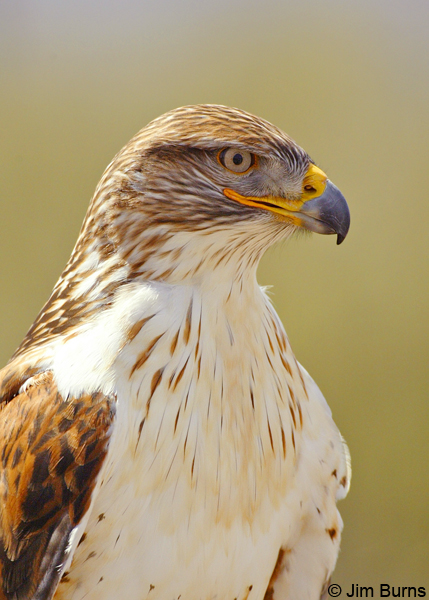It's been awhile since I've done an installation of "Why ___s Are Amazing", and I apologize for my tardiness. Perhaps it's because most of the birds at the RMRP right now are American Kestrels, and I've already covered that species? Whatever the reason, I decided to make it up to you by covering a bird that's really unique: Mississippi Kites. Okay, so they're not actually that unique. They're actually quite common birds--just not around here, which is what makes them "unique" to us.
So, the funny thing about this article is that I knew nothing about Mississippi Kites before writing it, so in order to find all the information I wanted to tell you, I
(GHOW) interviewed a Mississippi Kite
(MIKI) here at the Rocky Mountain Raptor Program. This bird is currently healing an injured wing. Here's what I got!
 |
| The interviewee |
GHOW: Thank you for joining me today. How is your wing feeling?
MIKI: Squeak-choooo!
GHOW: Oh no, do you have a cold as well?
MIKI: Squeak-chooo!!
GHOW: Well, that's terrible luck, isn't it?
MIKI:
Squeak--no cold--
chooooo!
GHOW: What?! Oh! You're not sneezing, that's just how you talk!
MIKI: Squeak--That's right!--
choooo!
GHOW: Okay, I'm getting the hang of it. You know, that's funny, you sound just like a squeaky toy!
MIKI: Har. Har. Har. Like I've never heard that before.
Squeak-choo!!
 |
| oklahomabirdsandbutterflies.com |
GHOW: Right. I can see we started off on the wrong wing, so let's try again. How is your injury?
MIKI: Better, thank you, but I still have a ways to go.
Squeak-choo!
GHOW: Glad to hear it's improving. So, where are you from?
MIKI: Well, I'm from Mead, but I have a lot of relatives in Sterling and in Pueblo. But most of my species live further east, in the Midwestern plains and down south.
GHOW: I see, so that's why I've only met a handful of Kites?
MIKI: Yep, that's right! We're kind of new to the area.
GHOW: Well, welcome! Glad to have you! It sounds like you're pretty social birds?
MIKI: Absolutely! We live in communal roosts, like Turkey Vultures. So wherever you see one Mississippi Kite, you're likely to find more.
Squeak-chooo!
GHOW: Now, correct me if I'm wrong, but I think I overhead another bird say that you only eat
insects??
 |
| watchingthesunbake.blogspot.co |
MIKI: Squeak-chooo!!!! That's mostly right. I loooove grasshoppers and dragonflies, but the smaller bugs are good, too. Occasionally I'll nab a small mouse, or maybe a lizard, but bugs are my meal of choice.
GHOW: Blech, you can have them. I'll take a tasty rabbit any day. Of course, you might not be big enough to take down a rabbit. How big are you?
MIKI: Last time the Humans weighed me I was 250g, so about twice the size of a Kestrel. However, some of us are a little smaller, and some are a bit bigger, about three times the size of a Kestrel. But even though I'm bigger than a Kestrel, check out my feet: they're pretty small, right? So I don't think I'll be hunting rabbits anytime soon.
GHOW: How do you hunt bugs, anyways?
MIKI: On the wing, like a swallow, but instead of catching bugs in my mouth, I catch them with my feet, and that makes me a Raptor!
Squeak-chooo!
 GHOW:
GHOW: Fascinating. So tell me a little more about your lifestyle, like where you like to build your nest, and stuff like that.
MIKI: We build our nests in trees, so we always live near woodland. Out here in the plains we try to find a little riparian forest to call home--after all, water is important for the bugs we hunt. We make our nests out of twigs, and I must say, they're pretty good by Raptor standards. The lady-Kites usually lay two eggs per year, and the young are out of the nest nice a quick: one month in the egg, one month in the nest, then fledged and gone.
GHOW: Do you make a migration?
MIKI: Yes, most of our populations do. We fly to tropical South America in the winter!
GHOW: By the way, I just wanted to comment on how beautiful your eyes are. Most Raptors have dark eyes, or yellow eyes, but yours are bright red!
MIKI: Cool, huh? The immature Mississippi Kites don't have red eyes--they're brown. In fact, immature Kites are streak-brown all over, with none of this striking grey-and-black motif of the adults.
 |
| Immature MIKI (avianweb.com) |
GHOW: This has all been very educational for me--especially learning a new language! I only have one more question for you: what makes Mississippi Kites awesome?
MIKI: I can't name just one thing! How about three? 1) Our aerial acrobatics when we're catching bugs on the wing, 2) Our appearance (a lot of Humans think we look a bit like Owls, and most Humans don't even recognize us as Raptors), and 3) Our unique call!
Squeak-choo!!
Well, folks, there you have it! Now you know a little bit about Mississippi Kites. Until next time,
squeak-choo!

























